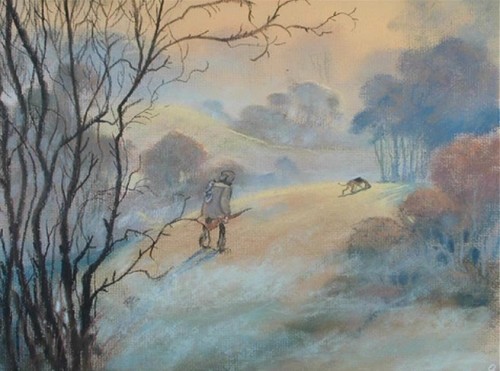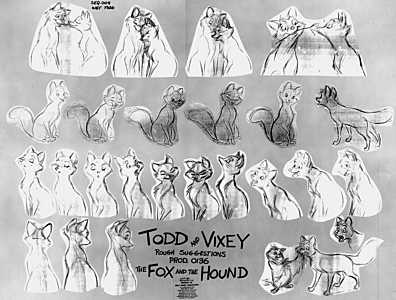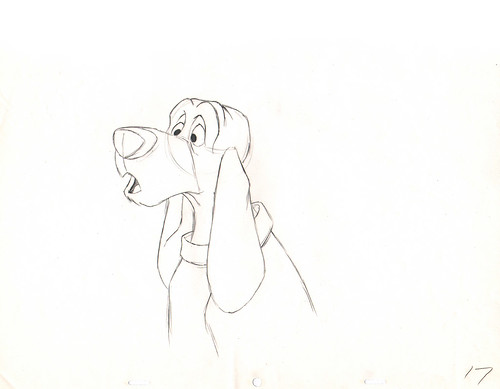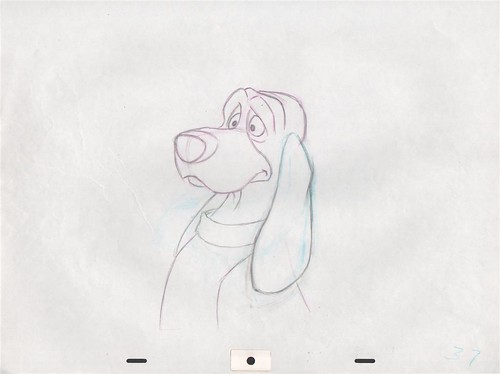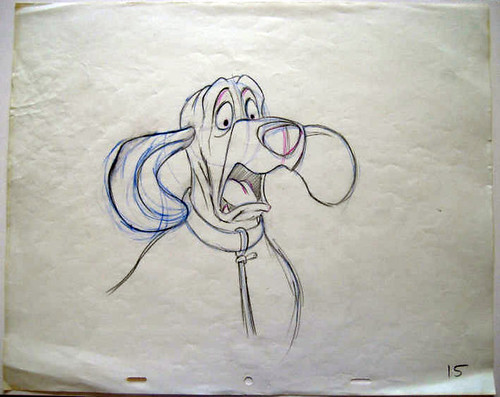 At the end of this weeks second Q&A, Said went on to do a film review of 'How to Train your Dragon' but not like a normal review, this was a frame-by-frame look at parts of the movie to show arcs and not using symmetry, anticipation and staging.
At the end of this weeks second Q&A, Said went on to do a film review of 'How to Train your Dragon' but not like a normal review, this was a frame-by-frame look at parts of the movie to show arcs and not using symmetry, anticipation and staging.
Some of the comments Said made: -
- Hiccup would move his eyes and then his head would follow to look at Toothless.
- 'Keep it simple, keep it stupid'. What he means by this is to keep backgrounds unbusy so the characters are the main focus.
 Characters move in nice arcs. Whether its their arms, tail or head. A good example of this was near the beginning where Gobber is having a drink and he slams it down and turns. Or how Toothless moves and swishes his tail.
Characters move in nice arcs. Whether its their arms, tail or head. A good example of this was near the beginning where Gobber is having a drink and he slams it down and turns. Or how Toothless moves and swishes his tail.
- Don't keep things symmetrical unless your looking for seriousness. Like when Toothless is staring at Hiccup in a serious manner to make him eat the fish but when he bites into it, Toothless relaxes and sits back and his pose is not symmetrical at all. Like one ear was higher than the other and even his eyes were different sizes!
- Said also explained how Hiccups father, Stoick is all powerful, big and manly so when he was sat in the dark in his house in front of the fire and Hiccup tries to sneak in he was filling most of the screen (the animator had also nicely posed him in an arc but still not symmetrical). Hiccup is small and weak so when he comes in he is small in the background to represent him. It's easier to explain when you see it, sorry I should of taken more screen shots.


